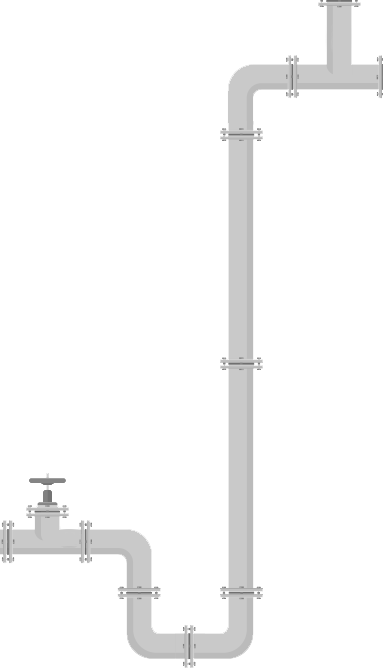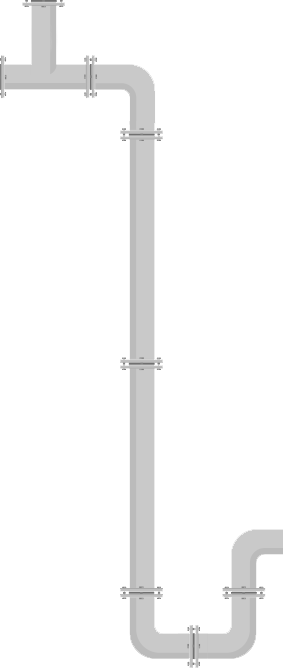What to Do if Your Septic Tank Bursts
Posted by Jason Genah on 22-12-2020

The sewage in most city and suburban homes is collected through a sewage system or sewerage and transported to a municipal treatment plant. However, many families in small towns and remote regions rely on septic tanks to treat their own wastewater on-site.
A well-functioning septic system works as an organic machine that breaks down waste from your home and distributes the processed effluent safely into a designated drain field on your property.
When it’s working correctly, the septic system should be capable of removing and disposing of all the sewage from your home. But if it malfunctions or the septic tank bursts, the waste can contaminate surface and groundwater, resulting in disease outbreaks and other health problems, in addition to the foul smell. As such, it’s crucial to understand how a septic system works, how to maintain it, and what you should do in case the septic tank bursts.
How a Septic System Works
The septic tank in your home is designed to separate and process waste by converting greywater and blackwater from your house into a less contaminated liquid waste that can be released into the environment without posing any health or environmental risks.
The size of your septic system depends on the number of bedrooms in your house, though it should be capable of storing waste solids for a period of between 3 and 12 years. You can then schedule a cleaning or pumping every two or three years to avoid most problems.
Most households have a passive septic system rather than an active one. A passive system comprises an inlet pipe, septic tank, and a gravity drain field. Wastewater from your bathroom, toilet, washing machine, and other fixtures and appliances is directed to the septic tank via an inlet pipe.
A septic tank’s size determines the minimum amount of water it should have without drying out and the number of anaerobic bacteria available to feed on solid organic matter in the wastewater.
Wastewater needs to stay in the septic tank for a specific duration (holding time), which is about two days, to allow the bacteria to break down the solids and reduce its strength by about 40 percent. That said, the holding time varies depending on wastewater flow from your house.
Wastewater leaves the septic tank at a concentration of about 60 percent. It still contains some anaerobic bacteria that continue to treat it while in the drain field and before it’s released into the environment.
Managing Septic System Problems
Problems with the septic system usually arise due to leaks or damage to the septic tank. Septic problems are relatively easy to detect due to the foul odour from sewer gases escaping from the drainage system, slow or backed up drains, overflowing toilets, soggy yard, standing water around the septic, and abnormally lush vegetation around the septic.
These signs indicate that your septic tank is full, such that it cannot handle any extra waste. Septic problems are not necessarily due to old systems. Even new ones are susceptible to failure due to changes in wastewater flow when there’s a new occupant in the house. You must contact your local health department to assess the situation and offer an appropriate solution to address the problem.
You can also contact emergency plumbing services that specialize in septic tanks. Professional plumbers also need to assess the site to determine the best solution for your case, which may include:
1. Get the septic tank pumped
When the tank fills and the drains at the lowest level in your house, like in the basement, start to back up, then you need to pump the wastewater in the tank to resolve the problem temporarily. This is only a short-term solution since you need to identify why sewage isn’t flowing naturally.
The underlying cause could be a clog in the drain lines between your house and the septic tank or a very high groundwater level. Septic tank professionals know to measure groundwater depth within 10 feet of the tank and 20 feet of the drain field to determine the right volume of waste to be removed from the tank. If you remove too much water, the tank may begin to float upwards due to pressure from the groundwater, causing damage to connected pipes.
2. Reroute clear wastewater
Generally, runoff from the roof and other forms of ‘clear’ water, including foundation drains, is routed to a different drain or seepage pit to avoid overloading the septic tank and drain field. If the local building codes allow it, your professional plumbers can also route water from your washing machines to the other drains.
3. Septic cleaning or a new drain field
In some cases, the septic tank may burst instead of backing up into your home, causing the waste to escape through the drainage field outlet pipe and onto your home’s exterior. In such a case, professional plumbers may recommend a septic cleaning, as well as the installation of a new drain field.
4. Septic tank replacement
If the septic tank bursts and causes waste to flow into the ground, there’s a risk of contaminating groundwater and causing health and environmental problems. In such a case, professional plumbers may recommend that you replace the septic system. Old septic tanks should still be pumped, even when you plan to install a new tank, to remove the waste material that’s leaking.
Use Less Water to Conserve Your Septic Tank
As soon as you notice a problem with your septic system, start using less water to prevent the problem from getting worse as you wait for professional help. Make efforts to conserve water and reduce the strain on your septic system by staggering heavy water uses throughout the day or week.
If liquid waste starts to flow outside your house, you should fence off that area to prevent people from getting too close to the toxic effluent. To avoid problems in the future, get your septic tank inspected every three to five years — or more frequently if you have a large family — to determine the best timing for the septic tank cleaning.
To learn more about what to do if your septic tank bursts, call Drain King Plumbers in Toronto at 833-983-5663 or contact us here.




